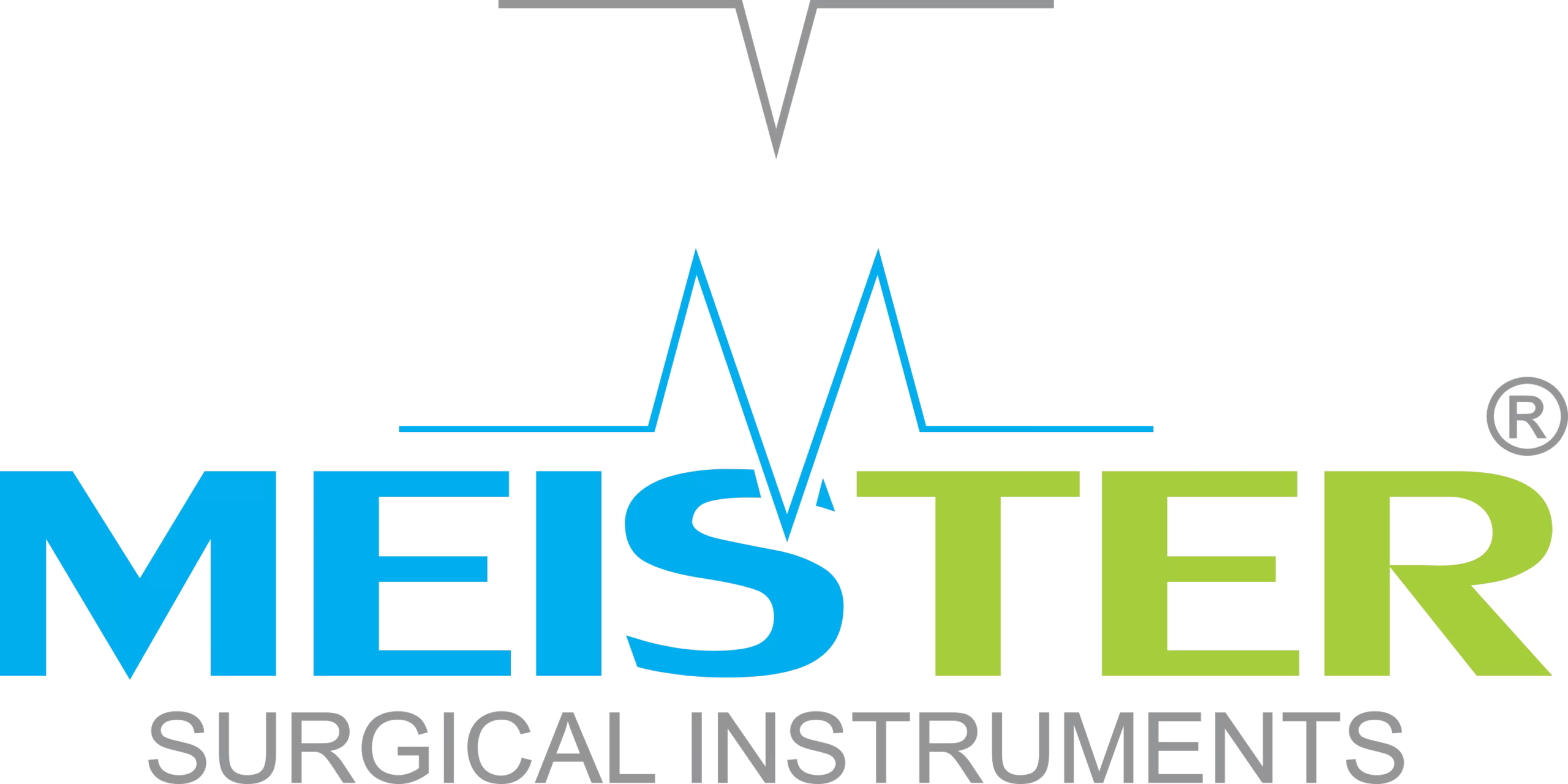In the world of surgery, precision, safety, and efficiency are non-negotiable. One of the foundational elements of a successful operation is the proper use of surgical instruments. Knowing the name of the surgical instruments used in different procedures helps healthcare professionals communicate clearly, avoid errors, and ensure seamless teamwork in the operating room.
Whether you’re a surgeon, nurse, student, or instrument technician, this guide will provide an in-depth overview of surgical instrument names, categorized by function, usage, and specialty.
Why It’s Important to Know the Name of the Surgical Instruments
Mastering the names of surgical instruments has multiple benefits:
- ✅ Improves intraoperative communication
- ✅ Minimizes risk of surgical errors
- ✅ Ensures correct instrument handling and sterilization
- ✅ Enhances medical training and examination prep
- ✅ Aids inventory and instrument tray organization
Being able to instantly identify and name a surgical instrument is essential in any medical setting.
Main Categories of Surgical Instruments
Surgical tools are typically grouped based on their functionality. Below are the major categories and the corresponding instrument names you should know.
1. Cutting and Dissecting Instruments
These instruments are used to cut tissue, skin, or sutures.
Common instrument names:
- Scalpel – A small, sharp knife for making incisions.
- Mayo Scissors – For cutting dense tissues.
- Metzenbaum Scissors – Ideal for cutting delicate tissues.
- Tenotomy Scissors – Used in fine surgical procedures like eye or pediatric surgery.
2. Grasping and Holding Instruments
These are designed to hold tissues or objects securely during surgery.
Common instrument names:
- Allis Forceps – Used to grasp soft tissues.
- Babcock Forceps – For delicate tissue handling.
- Kocher Forceps – Strong grip, used on tough tissue.
- Needle Holder – Used to hold the suture needle.
3. Clamping and Occluding Instruments
Used to stop bleeding or isolate a structure.
Common instrument names:
- Hemostats (Mosquito, Kelly, Crile) – Clamp blood vessels.
- Right Angle Clamp (Mixter) – For deeper surgical areas.
- Pean Clamp – Heavy-duty tissue clamping.
4. Retracting and Exposing Instruments
Used to keep tissues or organs away from the surgical site for better access.
Common instrument names:
- Senn Retractor – Small, dual-end retractor.
- Army-Navy Retractor – For shallow incisions.
- Balfour Retractor – Self-retaining, used in abdominal surgery.
- Richardson Retractor – Deep wound exposure.
5. Suturing and Stapling Instruments
These are used for wound closure after surgery.
Common instrument names:
- Needle Holder (Mayo-Hegar, Crile-Wood) – Grips suture needles.
- Skin Stapler – Closes incisions quickly.
- Suture Scissors – For cutting sutures post-closure.
6. Suctioning and Aspirating Instruments
Used to remove bodily fluids from the surgical site.
Common instrument names:
- Yankauer Suction Tip – For oral or general suctioning.
- Frazier Suction Tip – Precision suctioning, common in neurosurgery.
- Poole Suction Tip – For abdominal procedures.
7. Dilating and Probing Instruments
Used to expand openings or probe the body.
Common instrument names:
- Hegar Dilators – Used to dilate the cervix.
- Uterine Sound – Measures the uterus’s depth.
- Groove Director – Guides instruments into small areas.
Specialty Surgical Instrument Names
Each medical specialty uses instruments tailored to its unique procedures.
Orthopedic Instruments
- Bone Chisel
- Bone Rongeur
- Periosteal Elevator
- Bone Mallet
Gynecological Instruments
- Speculum – Vaginal examination.
- Tenaculum – Grasps the cervix.
- Curette – Removes tissue from the uterus.
ENT and Neurosurgical Instruments
- Bayonet Forceps
- Kerrison Rongeur
- Penfield Dissectors
Urology Instruments
- Cystoscope – Examines the bladder.
- Urethral Dilator
- Stone Basket – Extracts kidney stones.
Tips for Learning Surgical Instrument Names
Learning the name of the surgical instruments can be daunting due to their sheer number. Here are some helpful tips:
- Use flashcards – Visual memory aids are effective.
- Categorize by function – Makes memorization easier.
- Practice with real instruments – Hands-on familiarity boosts retention.
- Watch surgical videos – See instruments in real-time use.
- Use mnemonic devices – Fun, easy-to-remember tricks.
How Instruments Are Named
Many surgical tools are named after their inventors or their function. For example:
- Metzenbaum Scissors – Named after surgeon Myron Metzenbaum.
- Kelly Clamp – Named after Howard Atwood Kelly.
- Needle Holder – Describes its function directly.
Understanding this naming logic makes it easier to remember and identify new tools.
Instrument Sterilization and Care
Knowing the name of the surgical instruments also means understanding how to care for them.
- Clean immediately after use.
- Use proper sterilization methods (e.g., autoclaving, ultrasonic).
- Inspect regularly for rust, cracks, or dull edges.
- Store properly in clean, dry, and organized trays.
Buying Surgical Instruments
When purchasing surgical instruments, especially for hospitals or medical colleges, consider:
- Material quality (stainless steel, titanium)
- Sterilization compatibility
- Precision engineering
- OEM options
💡 Recommended Supplier: Meister Surgical
Meister Surgical offers:
- A full range of general and specialty instruments
- OEM manufacturing
- Custom kits
- Global shipping
📩 For bulk orders or queries, contact: info@meistersurgical.com
Conclusion
Mastering the name of the surgical instruments is essential for anyone involved in healthcare. It ensures safe, effective, and professional surgical practice. Whether you’re training, operating, or managing inventory, this knowledge will give you confidence and precision.
Remember: Surgical success isn’t just about skills—it’s also about tools and teamwork.

